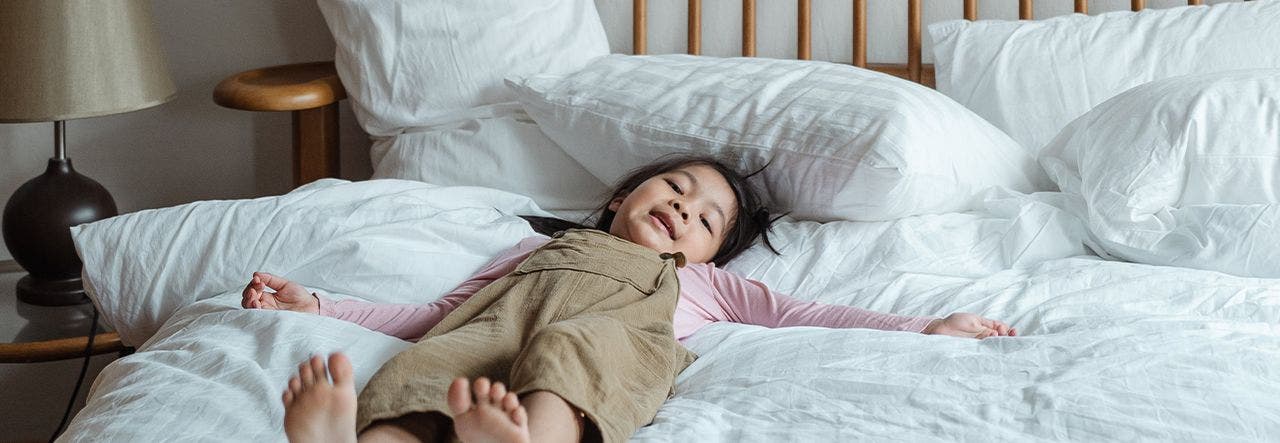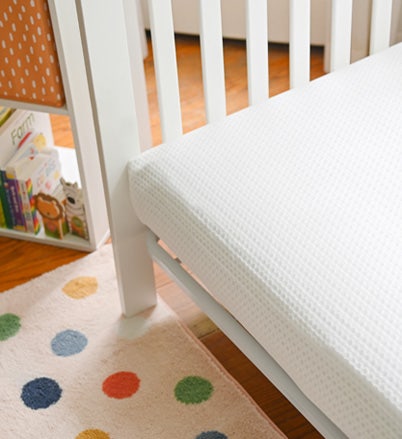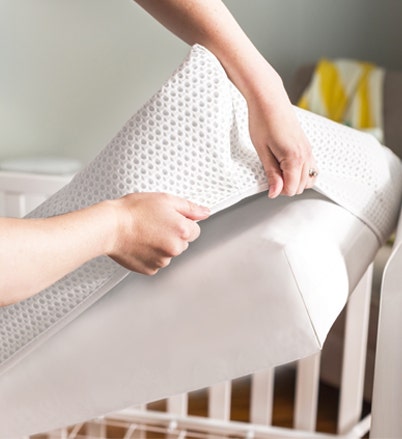Are Latex Mattresses Safe for Littles?
Crib and kids mattresses can contain some scary stuff – from harmful flame retardants to endocrine-disrupting waterproofing materials and much more. Yet, what if the "healthy" mattress alternative you find, like a latex mattress, overlooks another important consideration: allergens.
At Lullaby Earth, our mission is to provide the safest and healthiest crib and kids mattresses at prices everyone can afford. We also know that latex and other common allergens do not belong in your little one's mattress. Here's why.
What Is Latex?
Latex is a material that comes from the sap of the rubber tree. The raw latex from these trees is collected by a process called rubber tapping, where the bark of the tree is gently stripped away to collect liquid latex in its purest form.
Latex can be found in four different forms:
- Natural latex, sourced directly from the rubber tree and processed to create cushy, foam layers.
- Organic latex, a form of natural latex that is certified to the Global Organic Latex Standard (GOLS).
- Blended latex, a combination of natural latex and additives, like synthetic latex. This type of latex can contain less than 20% natural latex, with the rest being additives.
- Synthetic latex, a type of latex far from natural. And, it tends to have a shorter lifespan and less durability than the real thing, too.
A versatile material, latex can be used to create a lot of different items. From rubber bands to beauty sponges to shoes, latex can be found in a lot of different things, including the latex mattress!
How Is Latex Used in Mattresses?


Organic latex has a strong and springy feel, making it an excellent material for adult mattresses and mattress toppers. A latex mattress provides full-body contouring, pressure-point relief and all-around great support (like memory foam without the toxic flame retardants chemicals!). But although organic latex can be a great material to use in adult bedding products and accessories, it’s not the best material to use when it comes to your little one’s sleep space.
Why is that? Latex is a pretty common allergen, affecting 4.3% of the general population. Now, by the time you’re an adult, you’re more than likely aware of what you’re allergic to (especially if it’s a material as common as latex). But you probably don’t know all that your child is allergic to in the early years of their life, and their sleep space – where they can spend up to 16 hours a day as a newborn – is not the place to test that allergy.
Latex Allergy Symptoms
Our littles also have more sensitive skin than we do, meaning they’re more prone to skin irritants from common allergens like latex. Plus, their first line of defense against these allergens, their immune systems, are still developing as they grow.
As a parent, it’s important to be aware of some of the symptoms that may indicate your little one has a latex allergy. Several symptoms of a latex allergy include:
- Mild symptoms, such as itching, hives or rashes on the skin
- Moderate symptoms, such as runny nose, watery eyes, sneezing, scratchy throat, difficulty breathing, wheezing or a cough
- Severe, life-threatening symptoms, such as anaphylaxis
If you suspect that your little one may have a latex allergy, it is best to consult with your child’s primary care provider.


6 More Mattress Allergens to Avoid
We know that our little ones need a lot of rest as they’re growing. Sleep is essential to developing kiddos, as their bodies produce natural growth hormones during this time – helping to make them big and strong! Because children spend so much time on their mattresses, it’s important to know some other common allergens to avoid besides latex.
Some of these materials include:
- Wool
- Coir
- Mold/Mildew
- Dust
- Dust mites
- Pet dander
How Lullaby Earth Can Help!
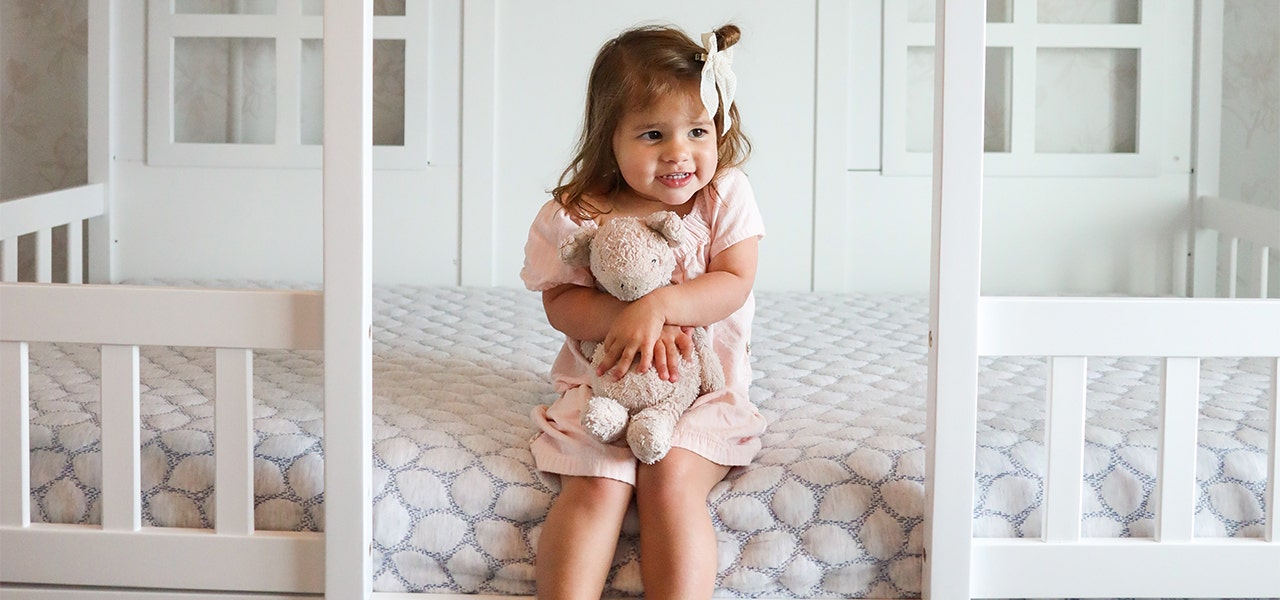

One of the best ways to avoid these allergens in your kiddo’s sleep space is by choosing a mattress that is made without them. Knowing exactly what’s in your little’s bed will not only give you peace of mind as a parent, but can help your kiddo sleep more comfortably, too.
At Lullaby Earth, we avoid using all commonly-known allergens, like latex, in our products. We use 100% allergy-friendly, non-toxic polyester fill for all of our mattresses, which is environmentally-friendly, too.
Lullaby Earth’s crib and kids mattress designs feature our patented waterproofing to help keep urine, spit up and other messes from penetrating the mattress core. This helps to prevent respiratory irritants like mold, mildew or other bacteria from growing inside the bed.
We know that your peace of mind as a parent is just as valuable as giving your little one a healthier, safer sleep space, because the team of engineers who designs our products is a team of parents and grandparents, just like you. Raising a child isn’t always easy – let us take the night shift!
More Tips for an Allergy-friendly Sleep Space
With so many allergens out there, it can be impossible to avoid all of them in your kiddo’s sleep space – especially when they’re airborne allergens. However, there are ways to help control dust, pet dander and more in your little one’s room.
The Environmental Protection Agency (EPA) outlines three of the best ways to help improve the air quality in your home:
Control your contact with indoor airborne allergens
Ventilate your indoor areas well
Use air cleaners to help purify your air
The best way to reduce indoor airborne allergens is to avoid any sources of these allergens altogether. By keeping surfaces like nightstands and floors clean, you can help reduce the amount of dust or pet dander in the air of your little one’s room. And, by reducing moisture, you can help control any mold or mildew growth in your home.
For more information about reducing indoor airborne allergens, visit the Allergy and Asthma Foundation of America.
Allergens are everywhere. But, there are ways to help our homes stay cleaner and healthier, all while giving our little ones a more restful night’s sleep. Lullaby Earth’s products are all made with your baby and kiddo’s needs in mind – including their allergies! We pride ourselves on creating bedroom essentials that are safer for littles, better for the environment and easier on your wallet.

 Baby
Baby
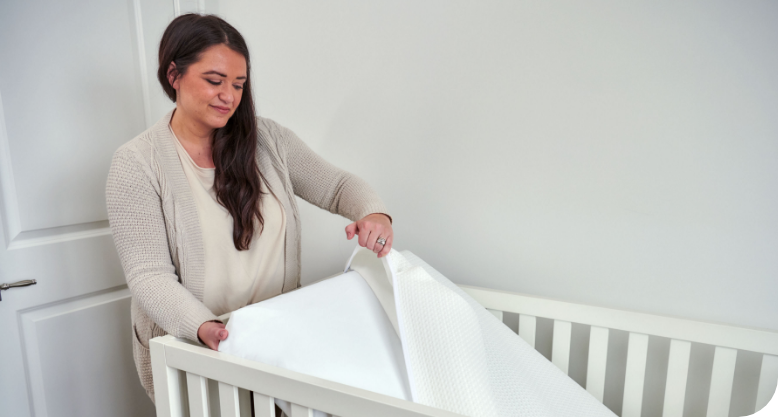
 Kids
Kids
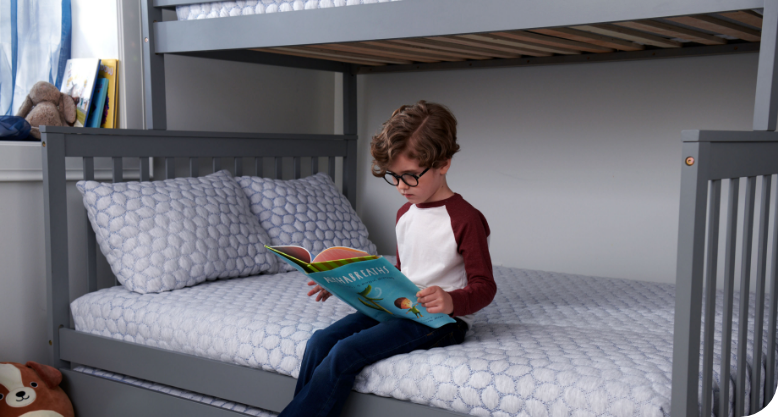
 Learn
Learn
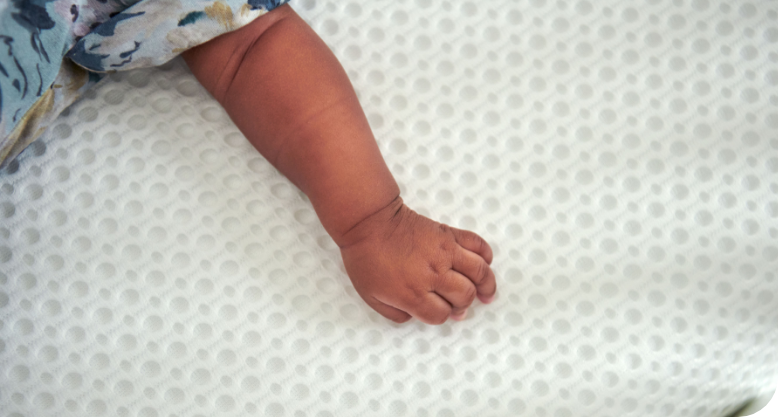
 FIND A STORE
FIND A STORE CONTACT
CONTACT